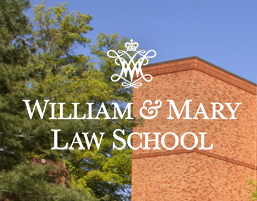William & Mary Bill of Rights Journal
Abstract
Work law is excessively exclusionary. Canonical examples include agriculture workers, independent contractors, and domestic workers. But work law excludes far more workers and employers than those familiar categories. Whole sectors, occupations, business sizes, wage arrangements, geographical areas, and more are excluded from the basic tenets of economic citizenship, including federal, state, and local minimum wage; overtime; and safety and labor protection laws.
Equal protection claims govern the authority of legislatures to determine who is in and who is out of work laws. Excluded workers and included employers now routinely use state and federal constitutional equal protection arguments against exclusionary work laws. Such claims, fail or succeed, tie the contours of equal protection doctrine with the jagged border lines of work law.
By describing the effects of equal protection doctrine on work law’s exclusions, this Article offers a path for bending the arc of equal protection doctrine toward inclusion. Doctrinal and institutional changes to how equal protection is administered can create small-scale and radical inclusive shifts in work law writ large.
Repository Citation
Gali Racabi, Excluded but Equal, 33 Wm. & Mary Bill Rts. J. 209 (2024), https://scholarship.law.wm.edu/wmborj/vol33/iss1/6Included in
Constitutional Law Commons, Labor and Employment Law Commons, State and Local Government Law Commons

